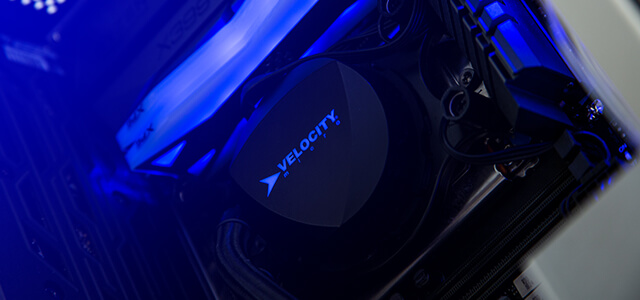What's a buffer and what is it used for?
As @Exist50 said, in digital logic designs it is typically implemented as a pair of inverters. An inverter is a logic gate (circuit building block) made up of traditionally 2 transistors that switches the signal from 1 (hi) to 0 (low) or vice versa. So, if you put two inverters in series and size them correctly, you get the same data at the output of the 2 inverters as the input with a small time delay but a much cleaner signal. The reason buffers are needed is because each logic gate (there are many different kinds) needs to be able to drive the next stage at whatever frequency you are targeting. In digital circuits, the next stage is going to be another logic gate (ignoring some exceptions) made up of transistors.
Transistors, however, aren't perfect switches and they have gate capacitance. So in basic terms, every transistor has a capacitor at its input that has to be driven or filled up to pass the signal. The bigger the transistor, the bigger the capacitor. The faster the frequency, the less time you have to fill the capacitors of the next stage to pass the signal in time. The more transistors in the logic gate, the more total capacitance. There are also resistances in play, but we'll ignore that for now. When talking about digital circuits, the capacitors dominate the equation anyway for the most part. So, if your logic gate can't drive the next stage fast enough for your target frequency, you can add a buffer (or multiple) to drive (or fill up the capacitor of) the next stage faster. The buffer itself will have gate capacitance also but it will be much smaller than the stage you are using it to drive, so your original logic circuit can fill it up quickly and then the buffer propagates the signal cleanly to the next stage.
I am pasting signals below (please forgive the hand drawn quality) as a conceptual example. If black is the ideal signal you want to pass (going from low to hi) but red is the best your logic gate could do, then blue would be the buffered signal. Notice that the blue signal actually starts to transition after the red signal (due to the delay of the signal through the buffer) but the signal is much cleaner at the output and ultimately the signal is usable by the next stage sooner than without the buffer because of how much quicker it is able to drive (or fill) the next stage. Hope this helps!







